A Daytrip To Agra – A Guide For Culture Lovers
A trip to Agra is almost a must-do for visitors to Delhi or Jaipur. But what is there to see other than the Taj Mahal, and what’s the best way to go about your trip?
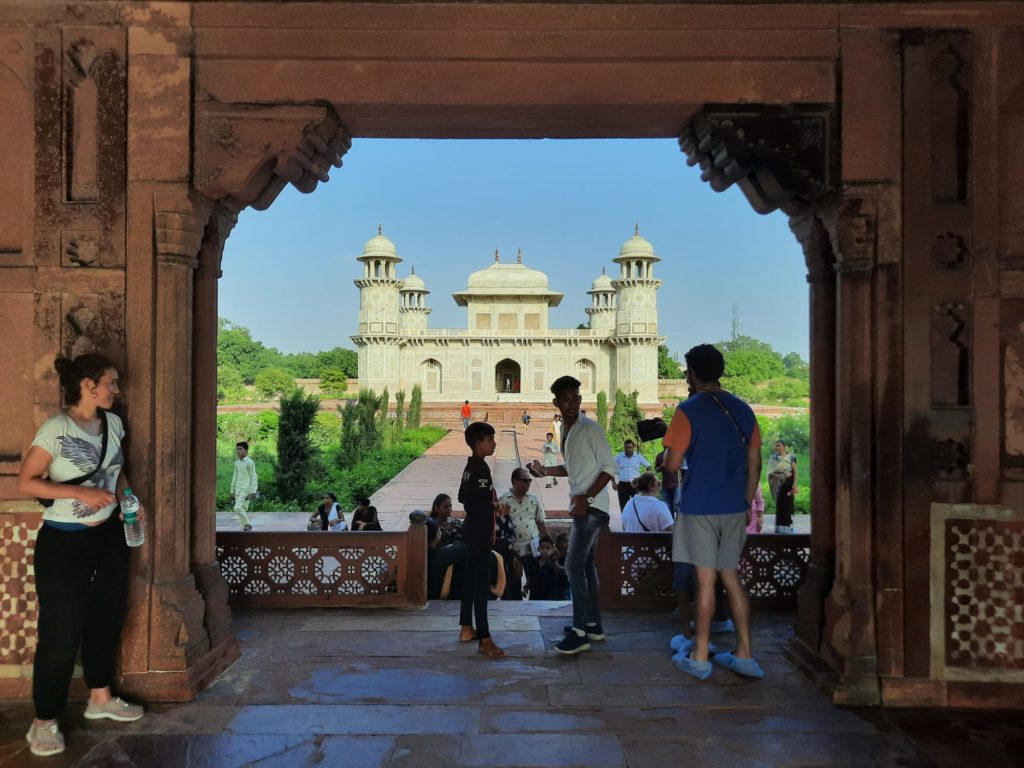
Agra For Culture Lovers: An Overview
If you’re in Agra, let’s be honest: it’s for the Taj Mahal. It’s one of those cities with an overwhelming main draw, and tourists who may or may not divide their remaining time between other sights. And as it’s within a reasonable distance from other major cities, many of those tourists are only there for the day. Yet Agra is a city with a fascinating history. And many opportunities for the visitor with an interest in culture and history to explore and learn more.
Agra is a settlement on the banks of the Yamuna River. It has a long history, its origins lost in the mists of time. But we know all about its most famous period, as the most important city in India’s Mughal Empire. Sultan Sikandhar Lodi made it his seat of government around the turn of the 16th Century. It was his son who lost Agra to the Mughals, when it was already becoming an important site for learning and trade. After defeating Ibrahim Lodi in 1526, the Mughal Emperor Babur decided to make his capital at Agra. But it needed improvements first: it was dusty, hot and inconvenient for Mughal tastes. Luckily, all of these issues had the same answer: to build plenty of baths, and cool gardens with water courses. Babur set about on a building programme.
Agra continued as a prominent Mughal city until the Empire’s decline in the 18th Century. Successive Emperors (Babur, Humayun, Akbar, Shahangir, Shah Jahan, with a brief Sur Empire interruption) each made their mark. None more so than Shah Jahan, whose love for his wife Mumtaz Mahal brought about the building of the Taj Mahal by 1653.
In later years Agra passed through Maratha and British hands. The Taj Mahal remains its most famous monument, but there are many points of interest for visitors, particularly culture lovers.
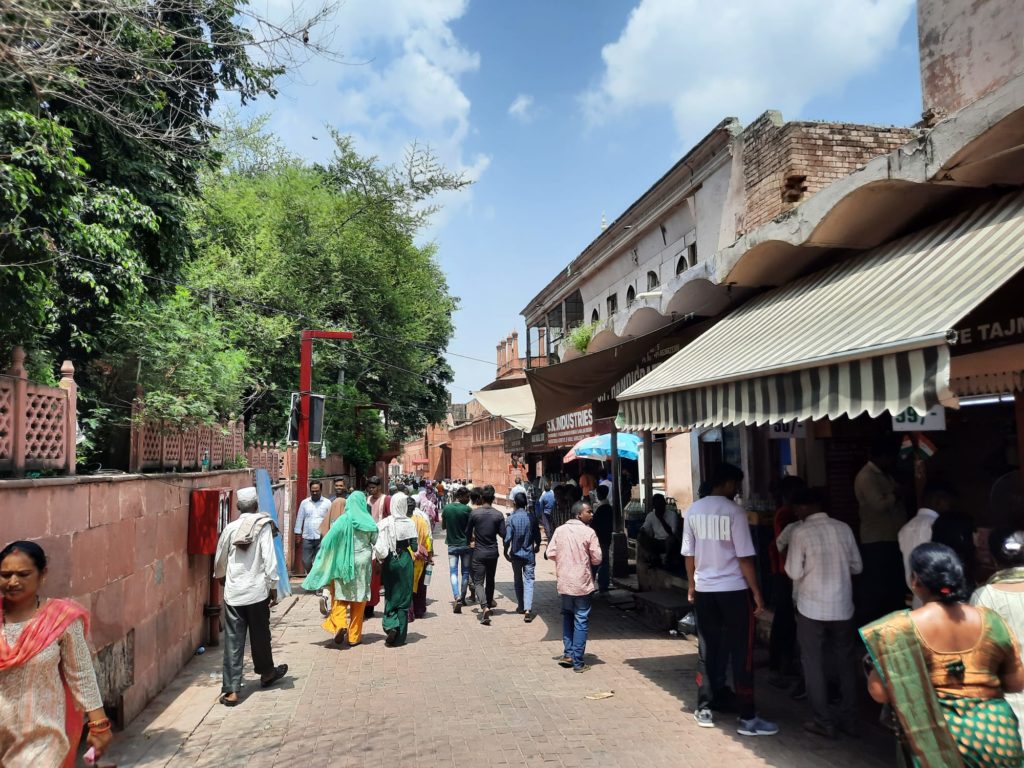


Getting To Agra And The Taj Mahal
So as I mentioned, a lot of visitors to Agra are on a day trip. Get in from Delhi or Jaipur, see the Taj Mahal, maybe another sight or two, then away again. I was one such daytripper. With Jaipur as a base and limited time overall in India, a daytrip was a way to see a little of Agra rather than nothing at all. However, if at all possible, I would recommend you spend a night or two and see more of the city. There are plenty of sights, and sunrise and sunset are the best times for sightseeing in Agra anyway.
My travel buddy and I chose a private tour from Jaipur. This maximised both our time and our flexibility. Given various constraints of our travel itinerary, however, we went against my own advice around the best times for sightseeing. We departed Jaipur at 8 AM, arriving in the heat of the day…
Most private or small group tours will follow a similar format to ours. Pickups early in the morning (for private tours you can choose between about 2 AM and 9 AM to start). Meet your guide once you get to Agra. A little orientation, walk or get an autorickshaw to the Taj Mahal, and have the guide explain everything. Then depending on your tour you might see one or two more sights like Agra Fort or the Tomb of I’timād-ud-Daulah. Squeeze in lunch and a shopping stop at some stage. And then back again to Delhi or Jaipur.
What we liked about a private day tour. It’s flexible, for a start. We didn’t have to decide until lunchtime which sight we were visiting next. It also meant we could go at our own pace: no waiting around for others to finish lunch or take more photos. And finally it was comfortable (as much as 9 hours of driving there and back can be comfortable). Our driver ensured we were cool, and had as few or as many rest stops as we desired.
What we didn’t like about a private day tour. Mainly the lack of time. I would love to go back to Agra and explore some of the sights nearby (more on this below). It would be lovely to have a meal or a drink somewhere with a view of the Taj. It wasn’t really enough time to get under the skin of the place: more of a taster.





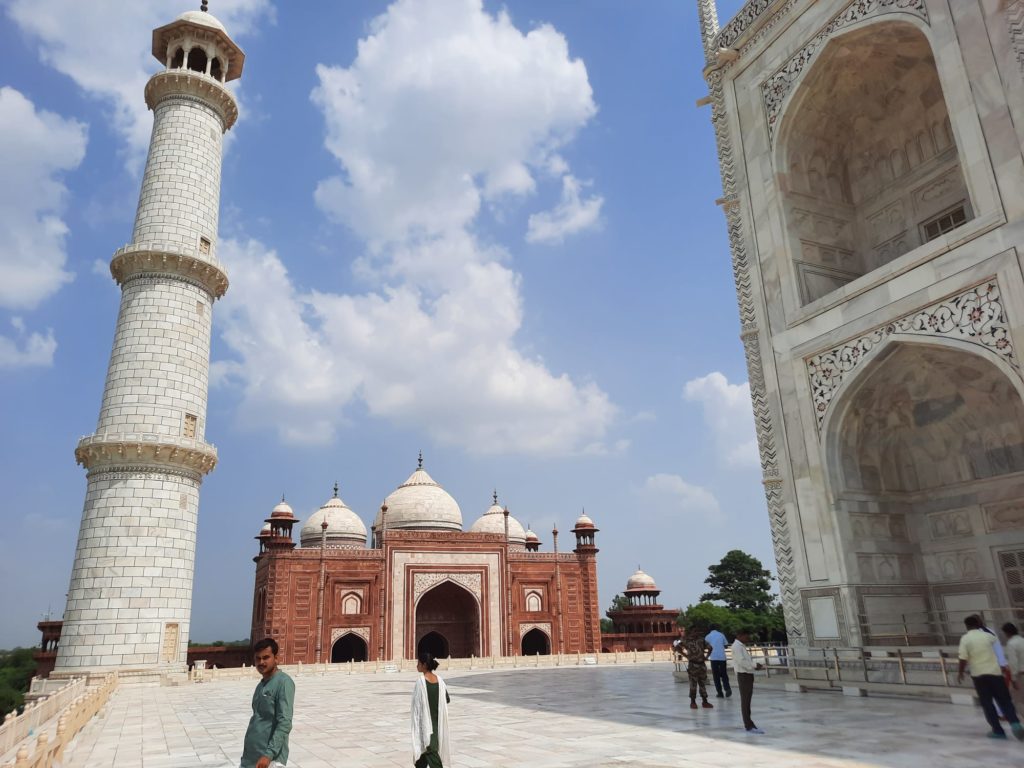
The Taj Mahal
The Taj Mahal is famously a monument to love. Although in Islam having multiple wives should mean treating them all exactly equally, Shah Jahan had a clear favourite. From the time he married Mumtaz Mahal (born Arjumand Banu Begum), they were inseperable. To the point where she accompanied him to the battlefield in 1631 while heavily pregnant: a fatal mistake as she died in childbirth and was temporarily buried there.
The Emperor was inconsolable and never really recovered from his grief. He had the Taj Mahal built over 22 years as her tomb and an earthly representation of Paradise. When he finished the Taj Mahal and embarked on a matching black tomb over the other side of the river for himself, his children had had enough and descended into a struggle for succession. Shah Jahan ended up imprisoned in Agra Fort, luckily with a view of his greatest legacy. He was buried next to Mumtaz Mahal in the end: his tomb the only unsymmetrical element in the structure.
Visiting the Taj Mahal is impressive. There is a nice progression from the tight streets around it (home to descendants of the original workers) to ticket office to outer structures to first glimpse. You approach the Taj Mahal through shaded gardens, a lifesaver for us in the midday heat. Our experienced guide told us sections of the story as we sat and looked at the beautiful structure. To access the tomb itself we donned shoe covers: no photos inside but this helped us to slow down and enjoy the atmosphere. And then we peered at the river view before heading back out, our curiosity at one of the Wonders of the World sated for now.
It’s a busy and bustling place, but not overwhelmingly so. Indian visitors may be as curious about you as you are about them: we were approached for photos by several groups of mostly young people. Finally, ensure you plan your visit carefully as the Taj Mahal is open only to local Muslims on Fridays.
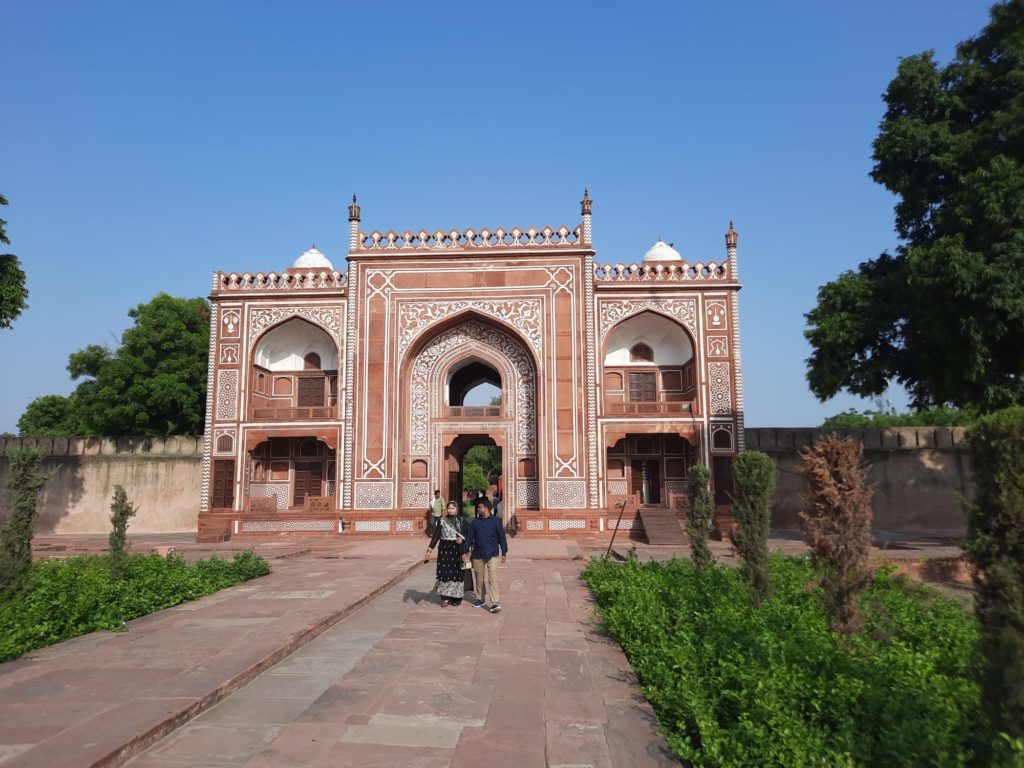
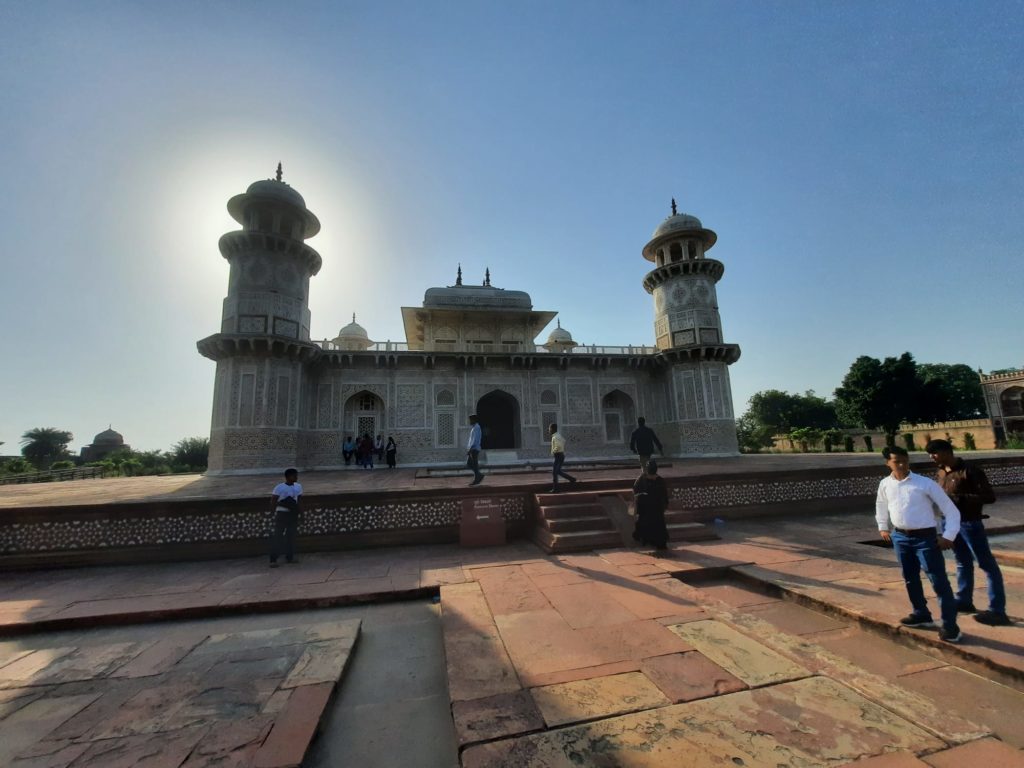
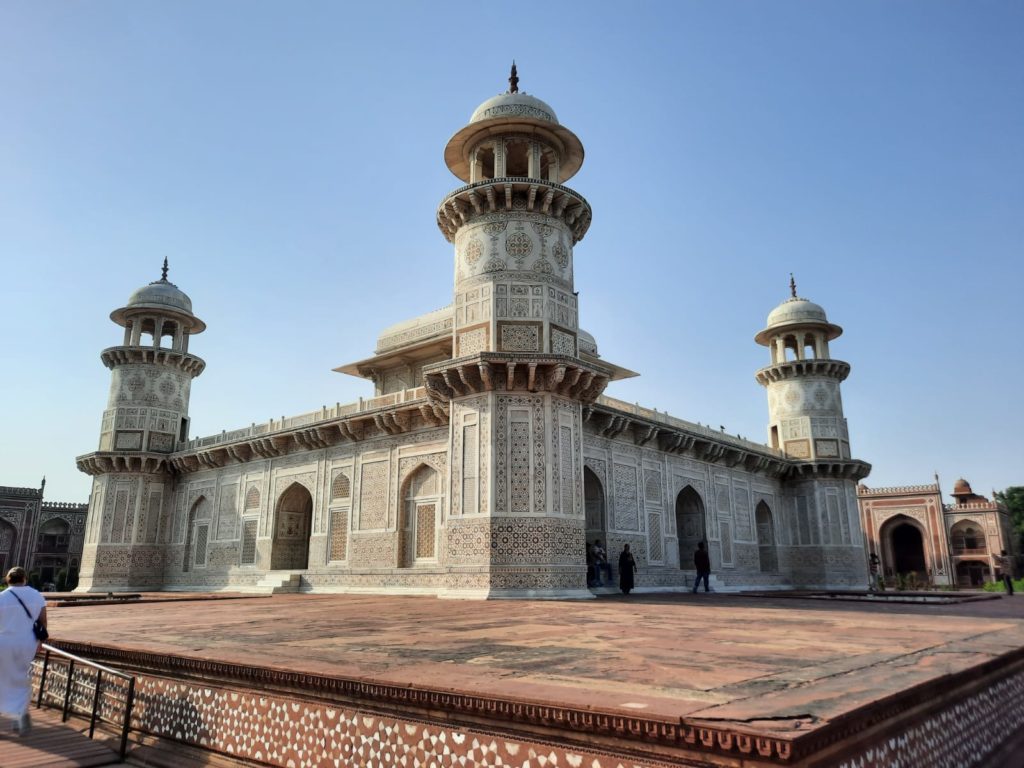
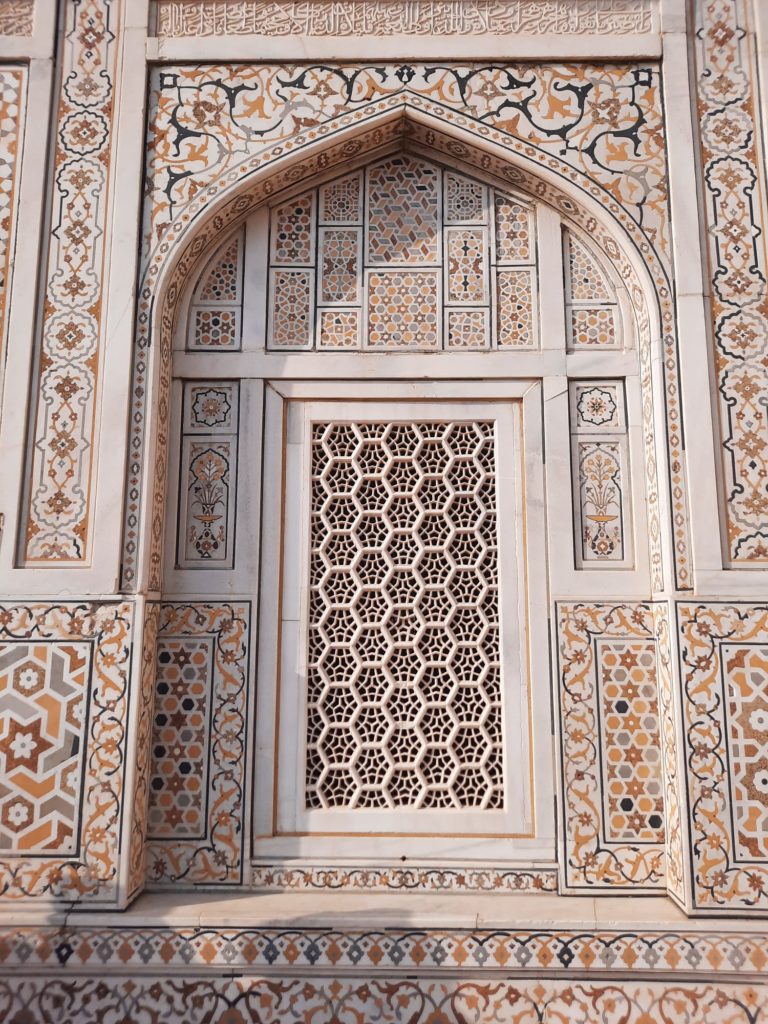


Tomb Of I’timād-ud-Daulah
After lunch and a forced shopping stop, we decided on I’timād-ud-Daulah’s tomb as our second stop of the day. We made this decision mainly because it had been overwhelmingly hot at the Taj Mahal and the other option, Agra Fort, would have involved a couple more hours walking around in direct sunlight. I will have to visit Agra Fort on a future trip, but in the meantime I’m so glad we decided on the Tomb of I’timād-ud-Daulah. I almost preferred it to the Taj Mahal itself.
The Tomb of I’timād-ud-Daulah, sometimes called the “Baby Taj”, predates and foreshadows the Taj Mahal in many respects. Shah Jahan’s stepmother and Mumtaz Mahal’s aunt Nur Jahan built it as a family tomb. Set in a beautiful garden next to the Yamuna River, the mausoleum has four hexagonal towers and is smaller than most Mughal-era tombs. Several features point at what is to come in the Taj Mahal: white marble, inlays and pietra dura designs, and lattice-work screens.
For me, visiting the Tomb of I’timād-ud-Daulah was a very special experience. By the time we arrived there we had soft afternoon light, emphasising its beautiful setting. It was very quiet compared to the Taj Mahal, with few visitors overall and even fewer foreign tourists. And the mausoleum itself is beautiful, with its centuries-old painted and inlaid decoration. I enjoyed taking a moment after visiting the main structure to look out over the river, young boys jumping into the sun-warmed water. A lovely way to spend an hour before the long journey back to Jaipur.
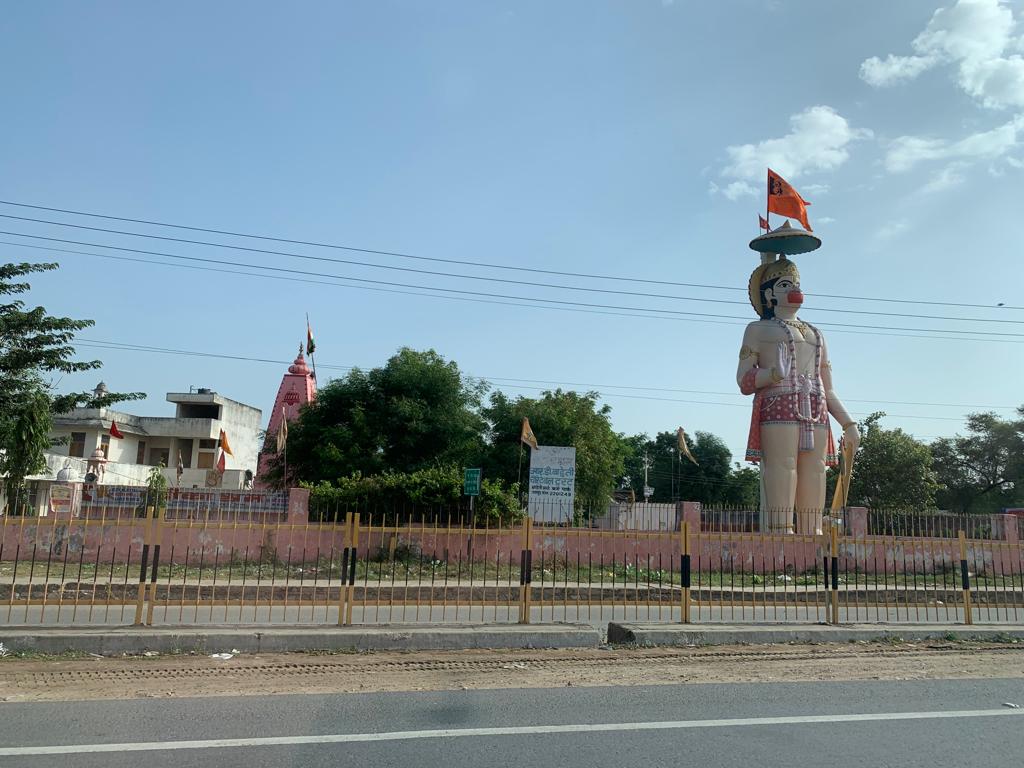

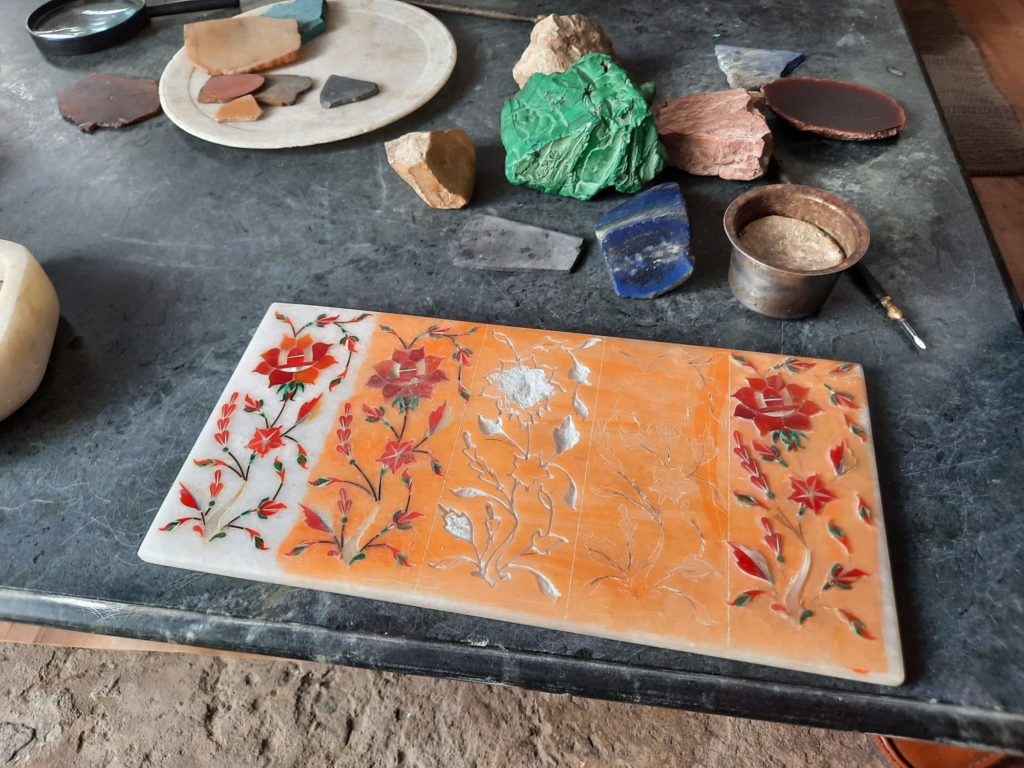



Other Sights And Activities
If you have a little longer than I did in Agra, there is plenty to see and do. Or if, like me, you only have a day to spare, the following may serve as a list of things to snatch a glimpse (or a taste) of, until a future trip affords a more leisurely pace for exploring.
- Agra Fort: the other main sight in Agra is its fort. The term fort is actually a little misleading in India. Most places called ‘fort’ today were not purely defensive but were more like citadels with palaces, markets and other activities inside. Agra Fort is a 16th Century example in red sandstone. The Mughal Emperor Akbar built it as a military base and royal residence. It is here that Shah Jahan was imprisoned for many years. Only a small portion can be visited as the Indian Army still occupy much of it, but even that requires a couple of hours to visit.
- Fatehpur Sikri: a town around 35 KM from Agra. Emperor Akbar founded Fatehpur Sikri in 1571 as the new capital of the Mughal Empire. Akbar abandoned it in 1585 for a military campaign and it was fully abandoned by 1610. Important and beautiful religious and secular buildings remain, and Fatehpur Sikri is a UNESCO World Heritage Site (as are the Taj Mahal and Agra Fort).
- Aram Bagh or Ram Bagh: the oldest Mughal garden in India, built by Babur in 1528 on the banks of the Yamuna.
- Akbar’s Tomb, Sikandra: about 13 KM from Agra, another notable example of Mughal architecture.
- Arts and Crafts: Agra has been home to many skilled craftsmen since its Mughal days. If you’re on a tour, it’s almost inevitable you’ll be brought to a workshop with varying degrees of pressure to buy. That’s how I ended up with a pietra dura-inlaid marble box! Leatherwork is another noted local craft.
- Food and Drink: you won’t have much time probably to try local specialities, and most restaurants seem to cater to quick lunches for busy tourists. But look out for Mughlai curries (Mughal-style), or petha (fifth image above), a very sweet dessert made from ash gourd.
Trending
If you see this after your page is loaded completely, leafletJS files are missing.

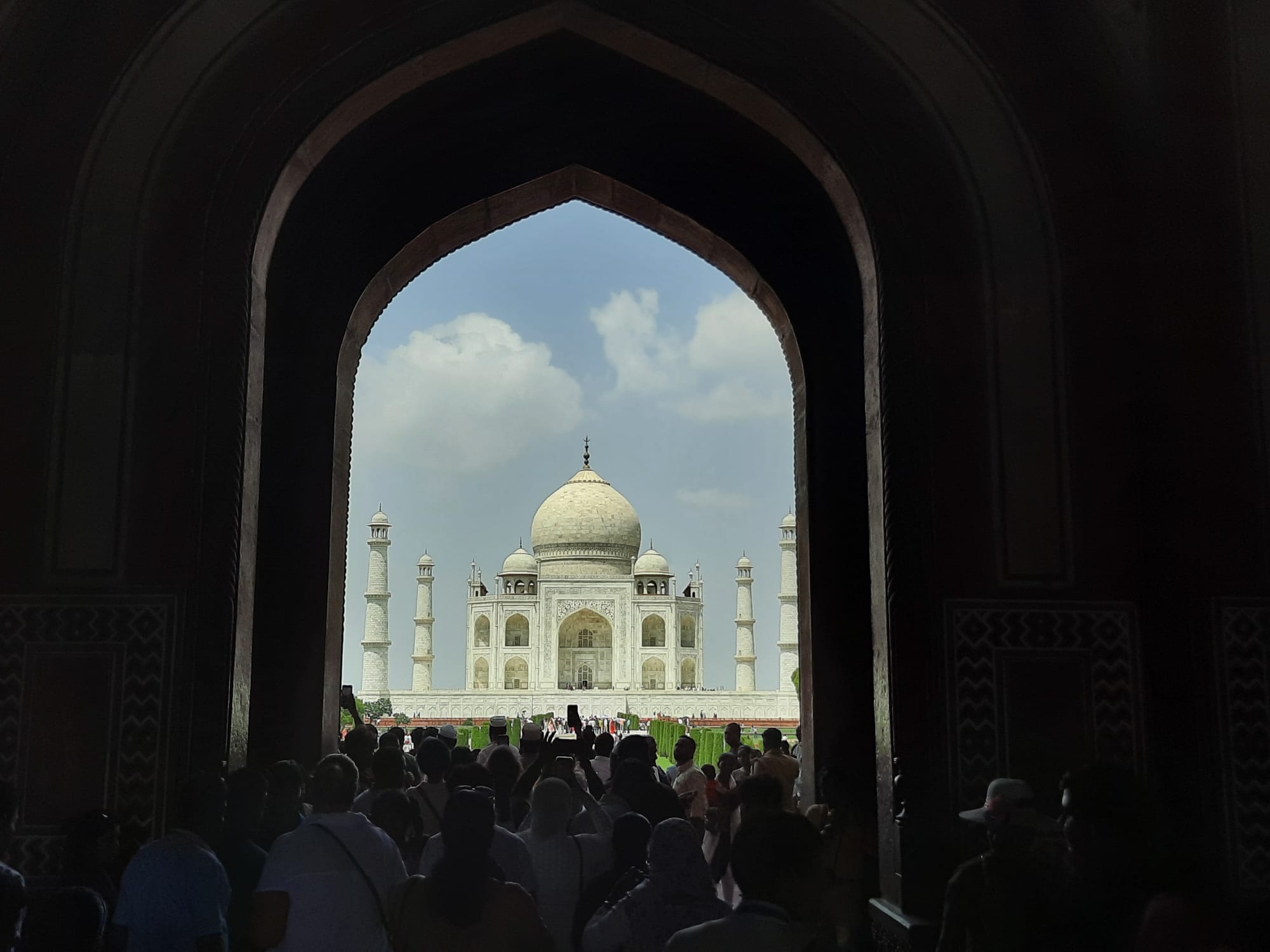
Its really good place to visit in india .
Agra is one of the most visited place in today’s era due to Taj Mahal from the seven wonders. There are more places in Agra to visit. Such as Red Fort, Akbar’s Tomb, Fatehpur sikri and Taj Mahal. I have visited in Agra for get look about all the places and i have learned a lot from that.